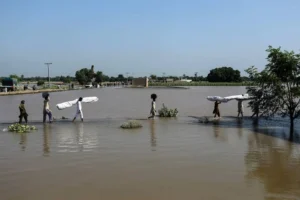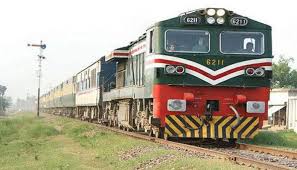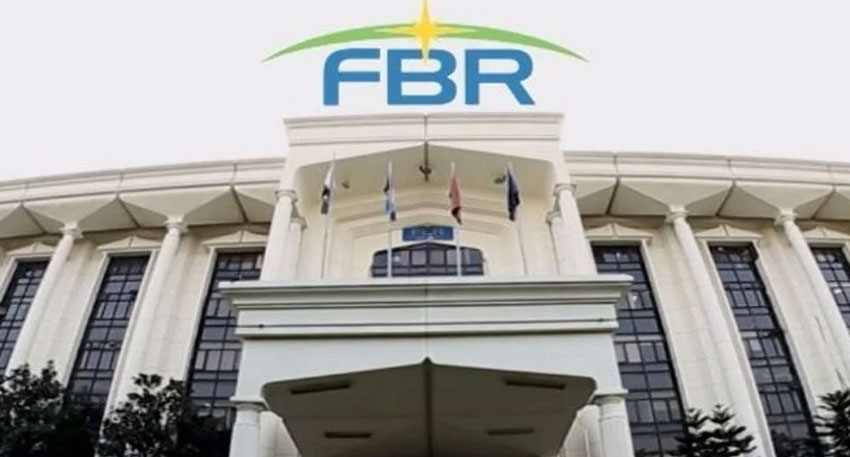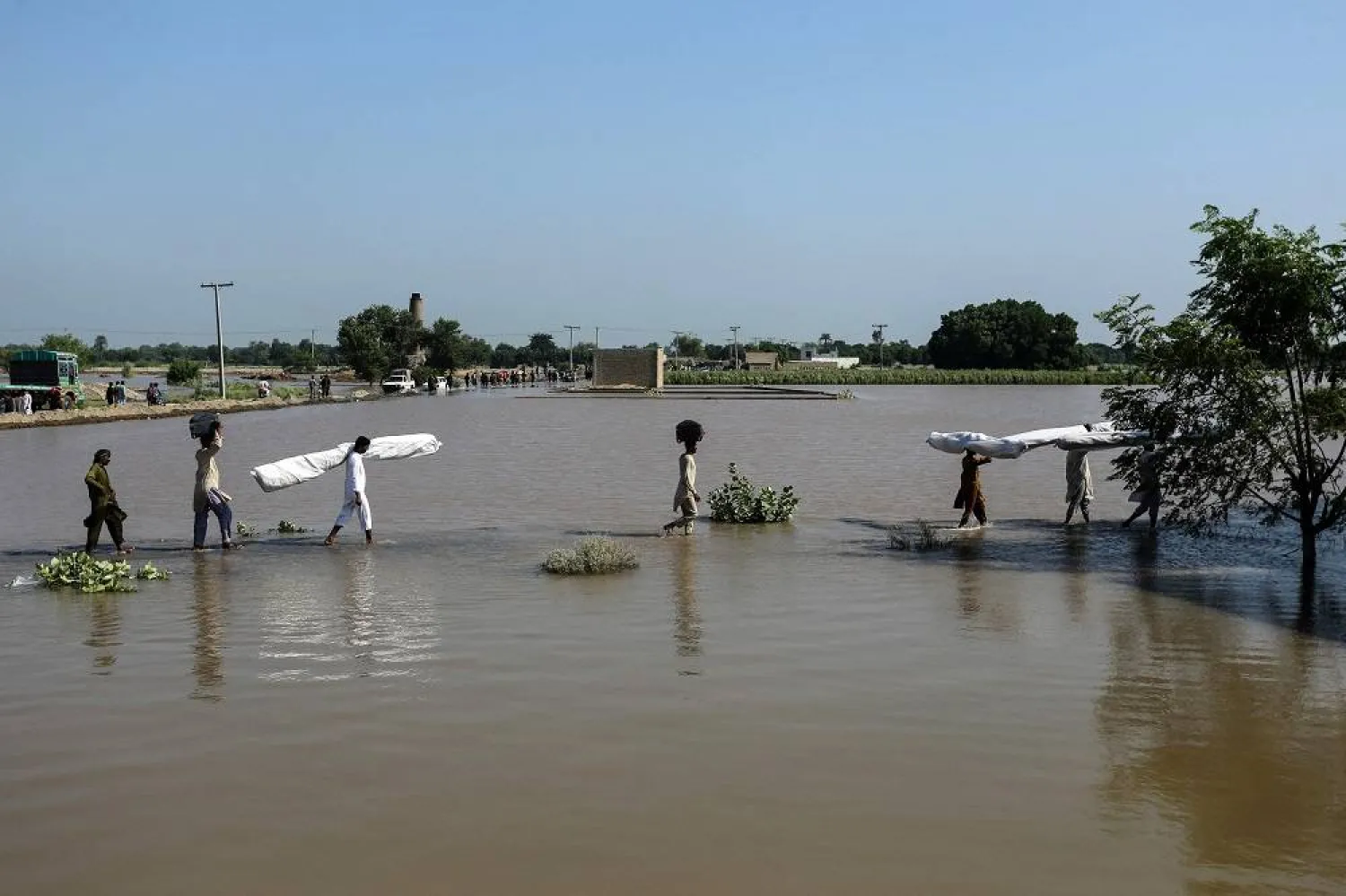Pakistan Railways Saves Over Rs1 Billion in energy efficiency by saving more than Rs1 billion in electricity costs through its comprehensive solarization drive. This initiative marks a significant step forward in sustainable energy adoption within the public sector, reflecting Pakistan’s commitment to greener infrastructure and cost savings.
A Strategic Move Towards Solar Energy
The solarization of Pakistan Railways’ network involved converting power systems at 37 major railway stations, offices, workshops, and factories across the country to solar energy. This transition is part of a broader government effort to reduce reliance on conventional electricity and foster sustainable energy solutions.
Through partnerships with experts like the National Engineering Services Pakistan (NESPAK), Pakistan Railways has undertaken this project in phases. The first phase alone is projected to save approximately Rs1 billion in electricity expenses, alleviating economic pressures on the railways department.
Impact on Electricity Costs and Operational Efficiency
The solarization drive delivers considerable financial relief by cutting down traditional electricity bills. Annual savings from the solar-powered stations are substantial, resulting in reduced operational costs for Pakistan Railways. The initiative also contributes to energy security by providing a reliable and eco friendly power source for crucial railway infrastructure.
By replacing grid electricity with solar power, Pakistan Railways not only lowers expenditure but also aligns with global trends towards renewable energy adoption—making it a model for other government departments and industries in Pakistan.
Expanding Solarization Across Stations Nationwide
Building on initial success, the federal government plans to extend solarization to an additional 118 railway stations. These efforts will expand coverage in critical regions like Punjab, Khyber Pakhtunkhwa, Balochistan, and Sindh, encompassing major divisional headquarters and other essential facilities.
The next phases of solarization are estimated to further reduce electricity costs by hundreds of millions of rupees annually. This large-scale project forms an integral part of Pakistan’s vision for greener infrastructure and sustainable public services.
Benefits Beyond Cost Savings
Aside from direct financial benefits, Pakistan Railways’ solar drive promotes environmental sustainability by reducing carbon emissions. It sets an example for nationwide efforts to combat climate change through energy efficiency initiatives. Moreover, the move fosters energy independence, lessening vulnerabilities associated with fluctuating fossil fuel prices.
The success of this initiative highlights the importance of integrating renewable energy solutions into Pakistan’s public sector to modernize operational frameworks while contributing to national energy targets.
Government and Expert Endorsements
Officials from the Ministry of Railways emphasize that the solarization strategy is not just an economic imperative but also a step towards Pakistan’s commitments under international climate agreements. They attribute the project’s success to strategic planning, expert collaboration, and government support.
Experts advise that such renewable energy projects serve as catalysts for further sustainability drives, encouraging other sectors and enterprises to follow suit—a key move for Pakistan’s energy future.
Conclusion: Solar Power Driving Pakistan Railways Forward
Pakistan Railways’ solarization drive, saving over Rs1 billion in electricity costs, represents a landmark achievement in public sector sustainability efforts. This initiative underscores the benefits of renewable energy adoption for both economic and environmental goals.
As the project scales, Pakistan Railways is set to strengthen its infrastructure, reduce dependency on the national grid, and contribute to a greener future setting an inspiring example for all government departments and organizations in Pakistan.
















